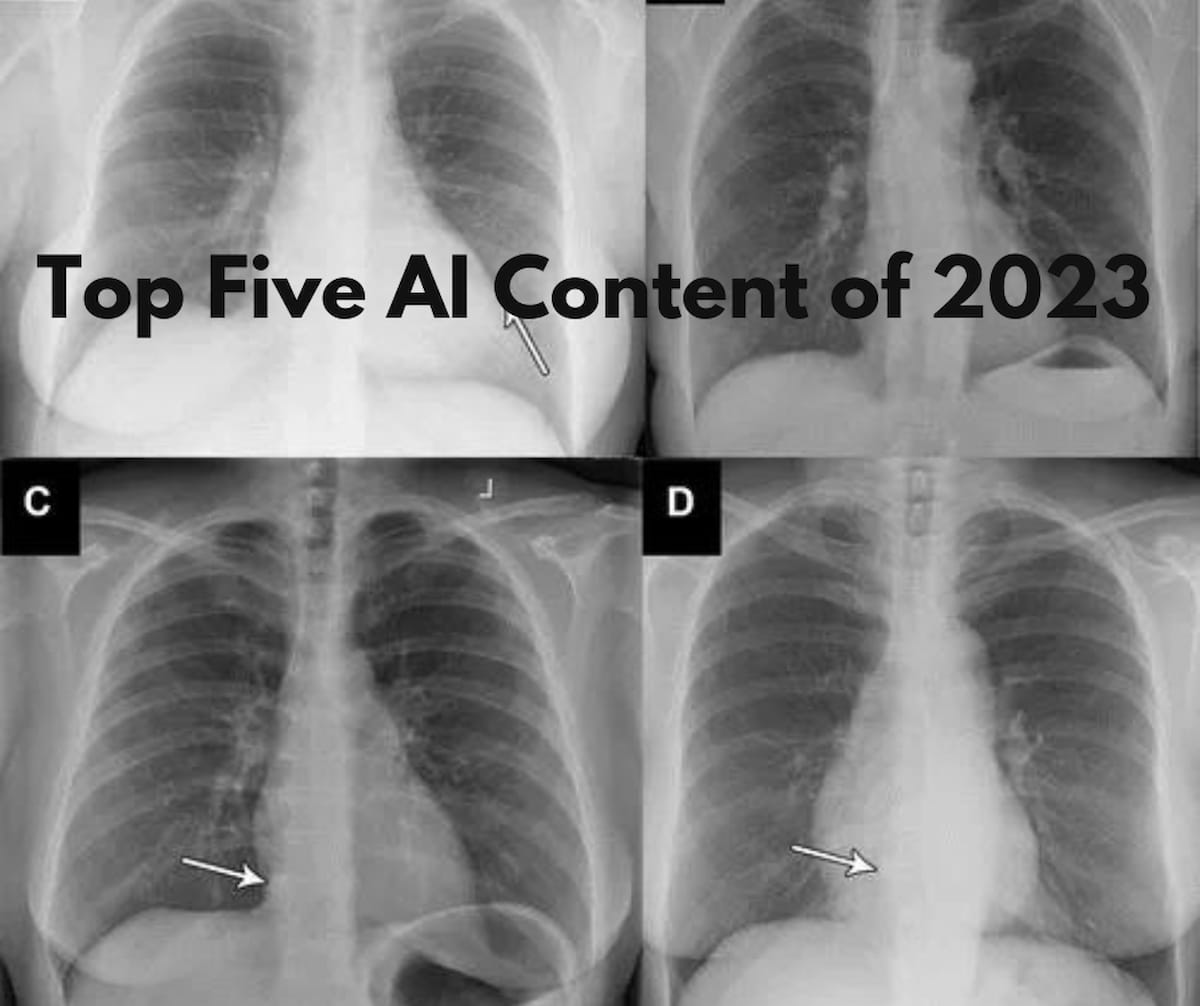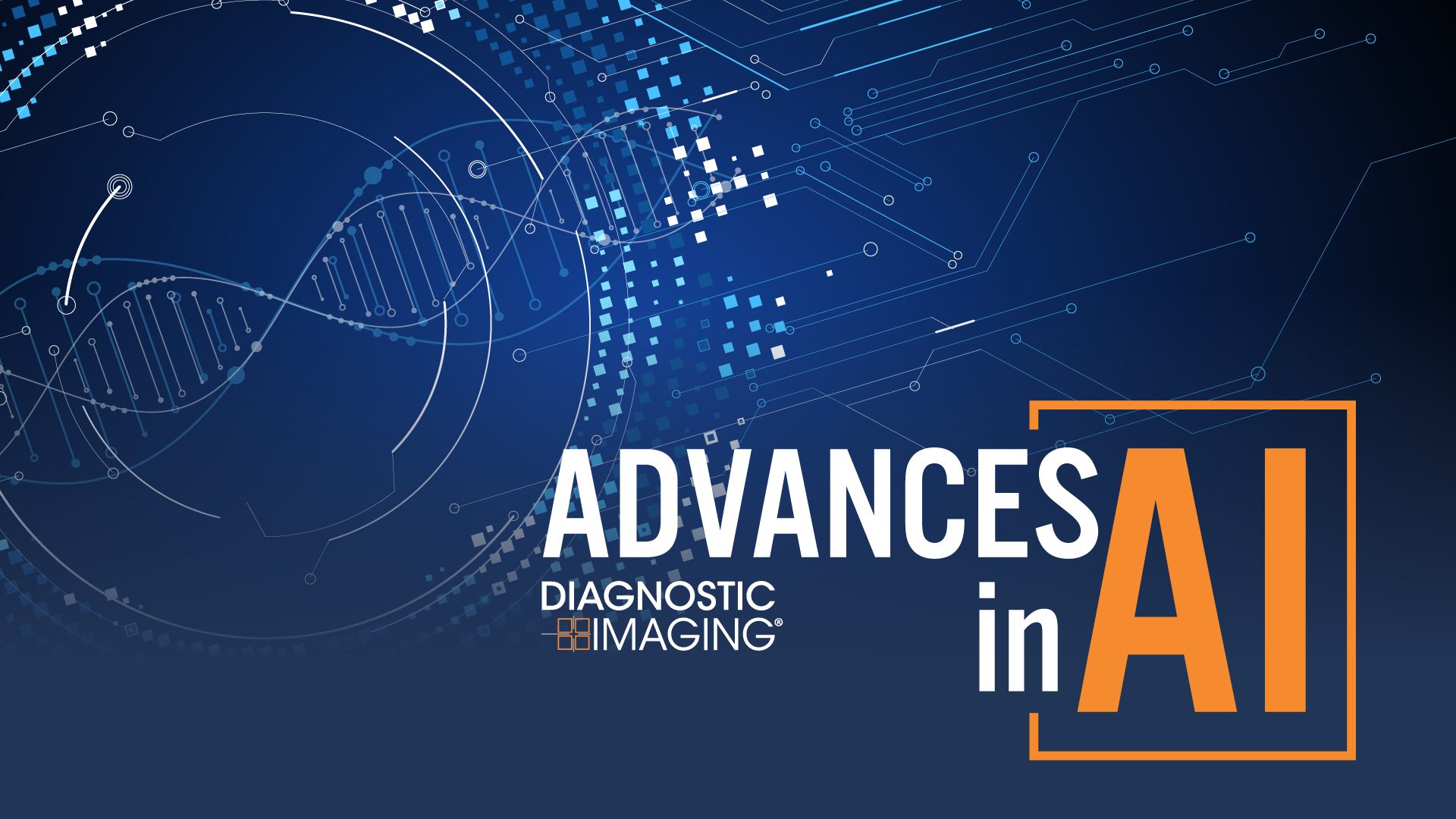
X-Ray
Latest News
Latest Videos

More News

Catch up on the top radiology content of the past week.
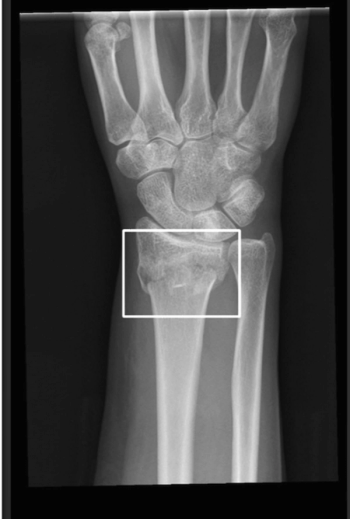
In addition to offering a 98.5 percent sensitivity rate in diagnosing fractures on X-ray, an emerging artificial intelligence (AI) software reportedly helped reduce mean turnaround time on X-ray fracture diagnosis from 48 hours to 8.3 hours, according to new research presented at the Radiological Society of North America (RSNA) conference.

Catch up on the top radiology content of the past week.

Emerging research suggests that adjunctive artificial intelligence (AI) improves sensitivity for a variety of abnormalities on chest X-rays regardless of radiologist experience level, including an average 26 percent increase in sensitivity for pneumothorax.
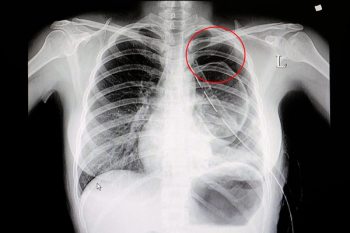
BraveCX, an artificial intelligence (AI)-enabled software, reportedly has an area under the curve (AUC) of 98 percent for detecting pneumothorax on chest X-rays.

Catch up on the top AI-related news and research in radiology over the past month.

Dr. Kottler sat down with Diagnostic Imaging at RSNA 2023 to discuss AI imaging milestones and the potential impact of AI on workflows in radiology.

Catch up on the top radiology content of the past week.
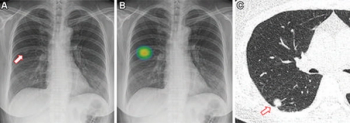
Artificial intelligence (AI) assessments of chest X-rays identified 28 percent of a 17,000 plus cohort of never-smokers as being at high-risk for lung cancer, according to research to be presented at the annual Radiological Society of North America (RSNA) conference next week.
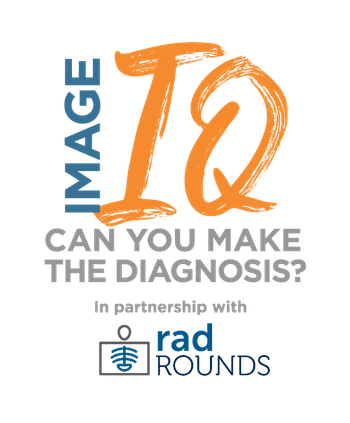
Review the case study and test your knowledge to make the correct diagnosis.

A 45-year-old basketball player presents with an acute injury in the emergency room. What is the most likely diagnosis for the shoulder injury depicted in the image?
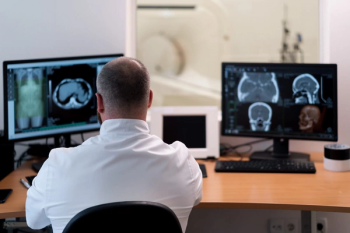
The ability to consider and comment on prior imaging in the radiology report may help reduce extraneous addenda requests.

Featuring 12 prior FDA clearances for chest X-ray and non-contrast head CT, the Annalise Triage platform may help streamline radiology workflows and prioritize timely diagnosis of urgent conditions.
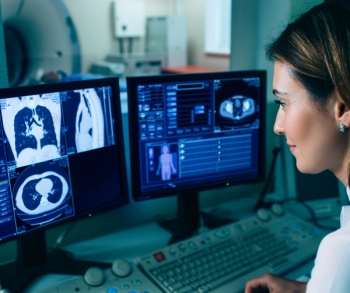
Could adjustments to quality assurance review facilitate improved teamwork between radiologists and referring clinicians?

Catch up on the top radiology content of the past week.

Catch up on the top AI-related news and research in radiology over the past month.
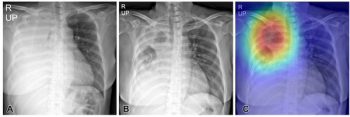
An emerging deep learning algorithm can reportedly triage 40 percent of no-change X-rays while providing 88 to 90 percent accuracy for detecting changes with X-rays obtained in the emergency department and intensive care unit at a tertiary referral hospital, according to recently published research.

Review the case study and test your knowledge to make the correct diagnosis.

The Allia IGS Pulse reportedly has the first monopolar X-ray tube geared to interventional procedures.

Catch up on the top radiology content of the past week.
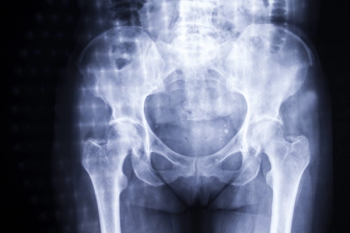
By leveraging subtle signals on routine X-rays to assess bone mineral density (BMD), the technology may facilitate earlier detection of osteoporosis and help prevent fragility fractures.

Catch up on the top radiology news of the past week.
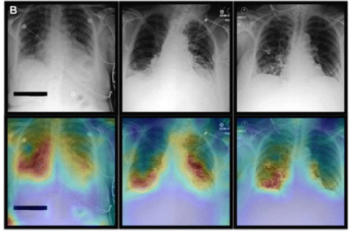
Integrating clinical data parameters along with chest X-ray findings, the multimodal artificial intelligence (AI) model outperformed the use of clinical parameters only and chest X-rays only for various conditions ranging from congestive heart failure and chronic kidney disease to hypertension and pneumonia.
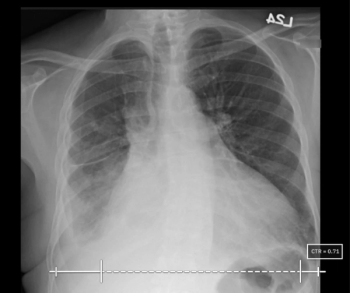
Leveraging artificial intelligence (AI) algorithms, the qXR-CTR reportedly provides automated cardiothoracic ratios (CTRs) through assessment of plain chest radiographs.
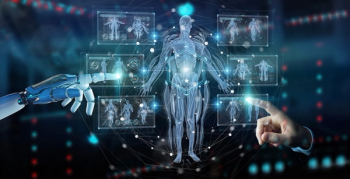
Is the continued rise of artificial intelligence (AI) driven by legitimate “machine learning,” or do the frequently “suspicious” chest X-rays and questionable detection of subtle findings on head CTs reveal a hype-driven train of new products with an ultimately “planned obsolescence”?



